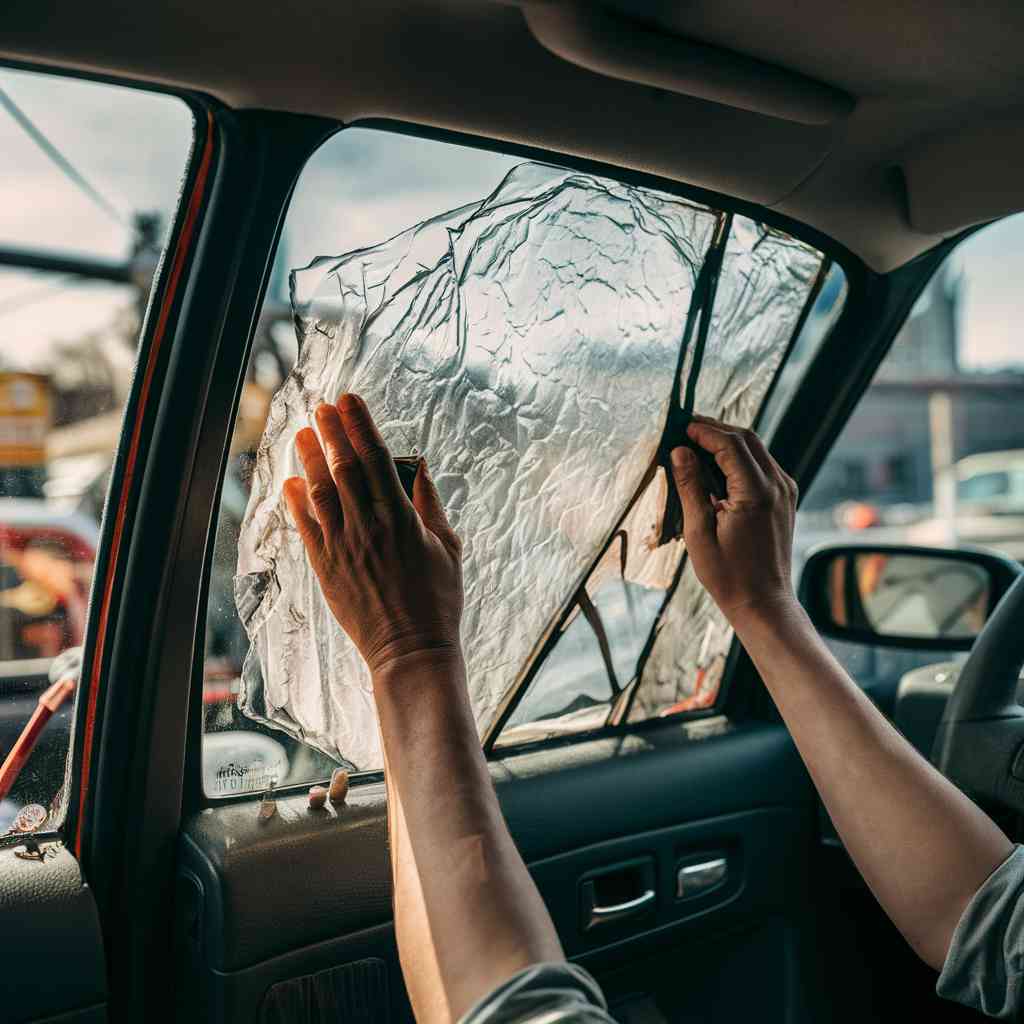Common Mistakes to Avoid During Auto Window Tinting Installation

In the realm of auto customization, auto window tinting stands as one of the most popular modifications due to its dual functionality of aesthetic enhancement and privacy protection.
However, with this seemingly straightforward task, comes a host of potential pitfalls that can mar both the process and the outcome of the tint installation. These missteps range from pre-installation errors like failing to properly clean the window, to post-installation blunders such as immediate use of windows without allowing for the tint to cure.
Understanding these common mistakes is integral to achieving a successful, professional-grade window tinting job. As we unpack these common errors, you’ll gain valuable insight to avoid unnecessary complications and ensure a seamless installation process.
Pre-Installation Missteps
There are several critical pre-installation mistakes that can greatly impact the quality and longevity of your auto window tinting, which we will delve into with comprehensive detail.
The first common error is neglecting to clean the windows thoroughly before starting the process. Any dust or debris left on the window surface can cause inconsistencies and bubbles in the film.
Secondly, failing to measure the window dimensions accurately can result in ill-fitted tinting that lacks precision and fails to cover the glass completely.
Lastly, not choosing the right type of tinting material can lead to fading, peeling, and less effective UV protection.
These initial missteps can be easily avoided with meticulous preparation, proper tools, and quality materials, promising a well-executed, lasting tint job.
Post-Installation Blunders
While the pre-installation stage carries its own set of potential pitfalls, an equally crucial phase that demands attention to detail is the post-installation period, fraught with potential blunders that could undermine the effectiveness and longevity of your auto window tinting.
Some common post-installation mistakes to avoid include:
-
- Not Allowing the Tint to Cure Properly:
-
- Rushing to roll down your windows
-
- Failing to protect against extreme temperatures
-
- Improper Cleaning Methods:
-
- Using ammonia-based cleaning products
-
- Scrubbing or scraping the tinted surface
-
- Ignoring Early Signs of Faulty Installation:
-
- Bubbling or peeling of the film
- Distortions or discolorations in the tint